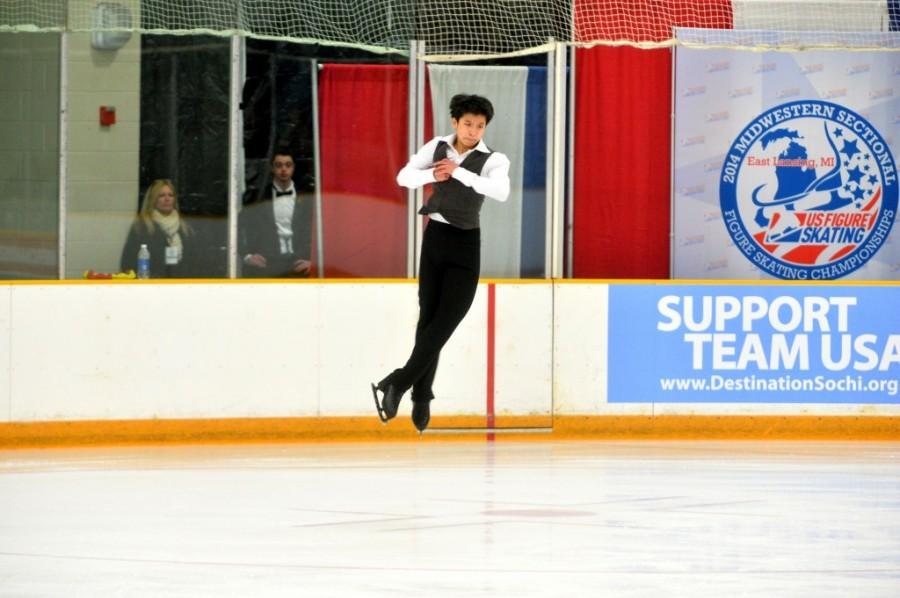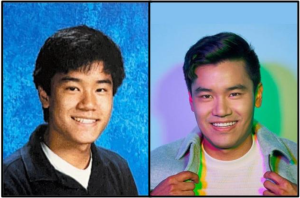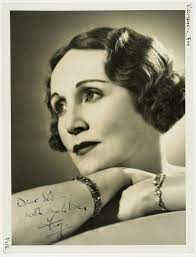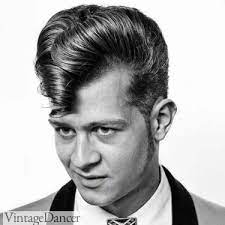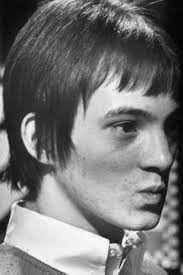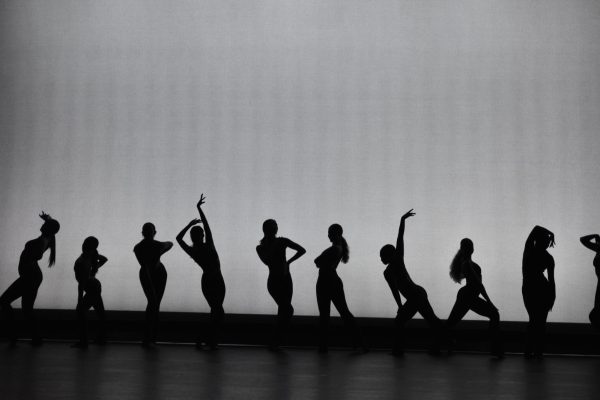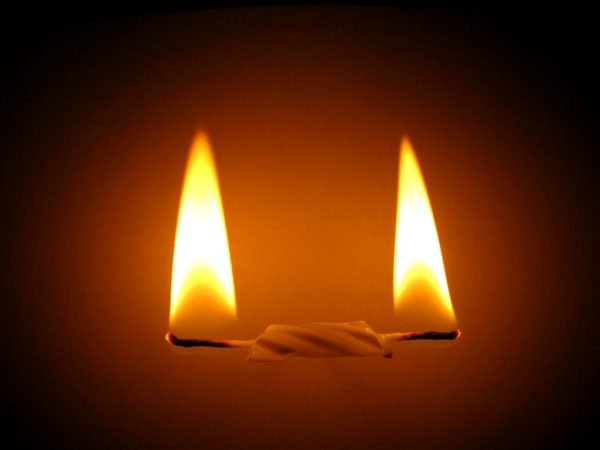Beginner’s guide to figure skating at Sochi
Sophomore Benjamin Shou, who recently placed eighth in the 2014 U.S. Prudential Figure Skating Championships in Boston, has skated with Olympian Jason Brown before.
February 11, 2014
Figure skating is unlike most other sports. And with the XXII Sochi Winter Olympic Games currently underway, everyone should know what makes a great skating performance.
Aside from the athletic portion of executing elements like jumps, spins and footwork properly, one also has to consider aesthetic appeal and presentation to achieve a high score. On a scoring protocol, there are two main sections: “technical elements” and “program components” (PC).
Technical elements
These consist of the technical aspects of a skating routine: the jumps, spins and footwork sequences. For men’s skating, the highest jumping element is perfectly landing a quadruple. True to its name, a quadruple consists of four full rotations in the air before landing backwards on one foot. The most common quadruples performed in competition are the toe-loop and the Salchow, though some have been known to land even the quadruple flip and quadruple Lutz.
For women’s skating, one of the most difficult jumps is the triple-triple combination. One will see that the best ladies will land triple-triples with ease like 2014 US National Champion Gracie Gold, who did a triple-Lutz, triple-toe in her long program.
Many pairs skaters — let’s not think “Blades of Glory” style here — will be doing the more simple triples, such as the Salchow, toe and loop in their programs. Ice dancing is a different chapter of figure skating altogether. There are no jumps or spins in ice dance, only very intricate moves and patterns that require a lot of precision.
The number and length of routines also vary between disciplines. For Men’s, Ladies’ and Pairs’ skating, there are two programs — the short and the long (often called the free skate or freestyle). Program length ranges between 4-4:30 minutes for the short program, while the long program ranges from 4:30-5 minutes, depending on discipline.
Program components
Usually, PC points comprise roughly half of the total points in a program. There are five subcategories to PC: performance and execution, skating skills, transitions, choreography and interpretation, all of which are completely self-explanatory. This section is the more holistic aspect of skating, as there are no set points or requirements.
In each category, a maximum score of 10 can be given, but, depending on discipline, these scores will almost always be higher than the sum 50, as the PC scores are factored by numbers greater than one.
Team USA
Of over 2,800 athletes representing 88 countries, 15 will be representing the United States in Figure Skating, in the Men’s, Women’s, Pairs and Ice Dancing disciplines: two men, three women, two pair teams, and three ice dancing teams.
The maximum number of competitors that each country can send for each discipline to the Olympic Games is dependent on the country’s overall ranking at the previous year’s World Championships.
This year, the US Figure Skating Olympic Team features not only rising stars, but also seasoned veterans; for example, representing the US in Ladies’ Figure Skating are Gracie Gold, Polina Edmunds and Ashley Wagner. This year was the first senior-level season for 15-year-old Edmunds while Ashley Wagner had been in the International Circuit well before the 2010 Olympics. In fact, Wagner’s performance at the World Championships is what earned the US the three ladies’ Olympic spots.
Though the US Olympic Committee (USOC) decides who will represent the US based on the national ranking of competitors in the same year, it also takes into account how well the skater has done in the international circuit in previous years. Believe it or not, skating “politics” also comes into play.
For example, 2010 Vancouver Olympian Mirai Nagasu actually scored higher that Wagner, but since Nagasu has not done well in the past four years since Vancouver, she was not chosen.
In the Men’s category, 2010 Olympian Jeremy Abbott and first-time Olympian Jason Brown will be competing. Abbott has two quadruple jumps planned where Brown has none, but Brown makes up for the gap in jumping elements with superb program components. Having skated with Brown before in Colorado, I can agree that his performance of the program is what sets him apart from his competition.
The contenders
Two non-US male competitors who are the prime competitors for the gold medal are Patrick Chan from Canada as well as Yuzuru Hanyu from Japan.
One of the “holy grails” of Men’s figure skating is achieving a combined score of 300 (around 100 for the short and 200 for the long). Both Chan and Hanyu have come within four points of that goal. While Chan’s jumps are strong, his great program components are one unique feature about his skating.
While in a lesson with his former coach Christine Krall in Colorado Springs, I learned that a skater at his level often has to train an equal amount off-ice as they do on the ice. This includes strength and conditioning for eight hours each day.
Ladies’ figure skating is also an extremely competitive field. Gold’s ability to skate consistently well makes her a strong contender for a spot on the podium. Many believer her biggest competitor is 15-year-old Russian Julia Lipnitskaia, who is the 2014 European Champion, 2013 Grand Prix Final silver medalist, and two-time Russian National silver medalist. Both Gold and Lipnitskaia have triple-triple combinations, so theirs will be a very close match.
As for ice dance, it is expected that the Meryl Davis and Charlie White, together since 1997, will sweep the field. Their list of major accomplishments: they are the two-time (2011, 2013) World champions, the 2010 Olympic silver medalist, two- time (2010, 2012) World silver medalist, five-time Grand Prix Final champion (2009– 2013), three-time Four Continents champion (2009, 2011, 2013) and six-time U.S. national champion (2009–2014).

